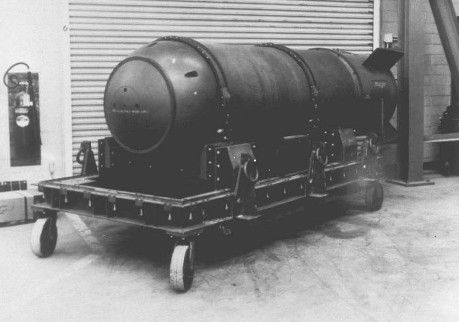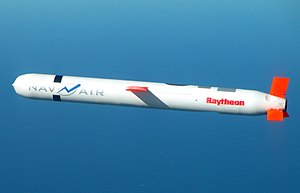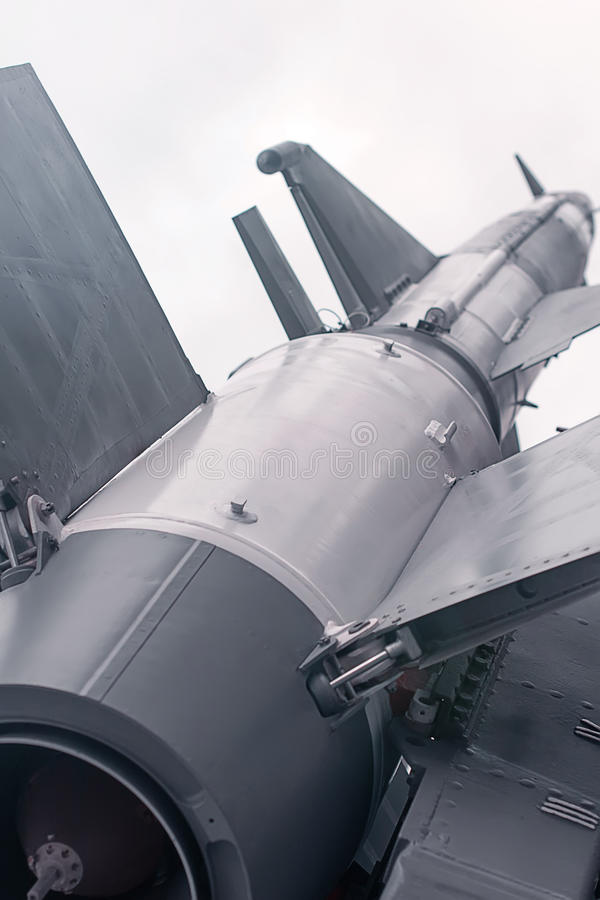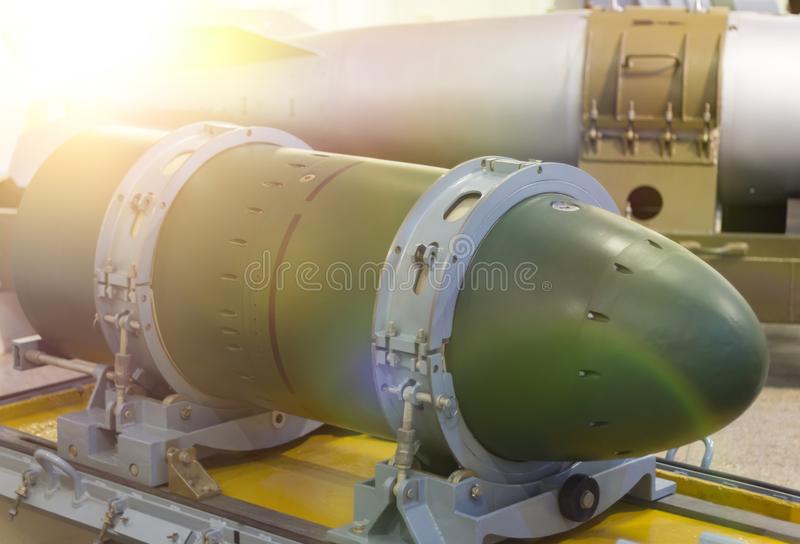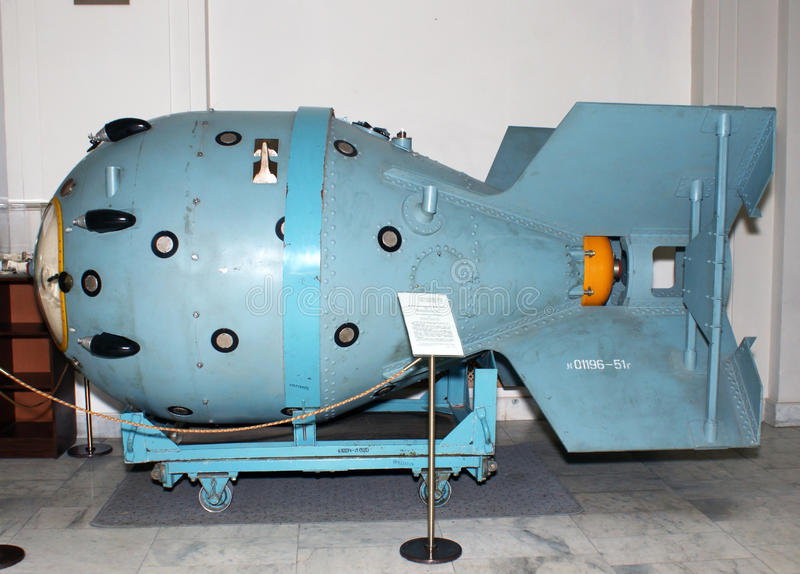During the the Cold War it is estimated that SAC (Strategic Air Command) had nuclear weapons on-board bombers 365 days a year.
These bombers typically followed four main routes that passed over Greenland, the Mediterranean, Japan and Alaska. Considering
the vast distances involved and the lack of fuel capacity to allow planes to cross oceans on one tank of fuel, these missions
required midair refueling, a dangerous operation which, along with the threat of other possible midair problems, such as storms,
enemy fire, or simply running out of fuel, lie at the heart of some of the cases of disappearing nukes.
Case 1
Our first case occurred March 10, 1956 when a B-47 Stratojet took off from MacDill Air Force Base in Tampa.
This was to be a non-stop transatlantic flight to deliver two nuclear weapon cores in special transport cases to an undisclosed
overseas base. Considering the distance involved, two in-flight refuelings were scheduled. The first went off without
a hitch. The plane never showed for its second refueling over the Mediterranean Sea. Considering the cargo the plane
had been carrying, a search was immediately launched to try and locate the missing aircraft, but no trace of the plane,
debris, the crew, or its nuclear payload could ever be found. The bomber just disappeared. It is assumed that the plane
went down somewhere over the Mediterranean, possibly due to running out of fuel, but no one has any idea where, and the
plane’s disappearance, as well as the location of the missing nuclear cores, remain a mystery to this day.
Case 2
This occurred over the Atlantic in 1968, when an American B-52 bomber went down over Greenland and crashed into the ice of North Star Bay, near Thule Air Force base. The conventional explosives in the nuclear device detonated. Unfortunately, the plane had been carrying four nuclear warheads, at least one of which was never recovered and is thought to have been sealed in the ice after the explosion melted it and it subsequently refroze. Additionally, uranium, tritium and plutonium were scattered over a 2,000-foot area. This lead to serious health problems for those who engaged in the recovery efforts. So sensitive was this incident that the military covered it up for decades. It is still unknown as to how many of the four bombs onboard were actually lost and to what extent the radioactive contamination spread. The missing bomb or bombs have never been found and presumably still remain trapped somewhere down in the Greenland ice.
Picture of an atomic bomb - Hiroshima Style
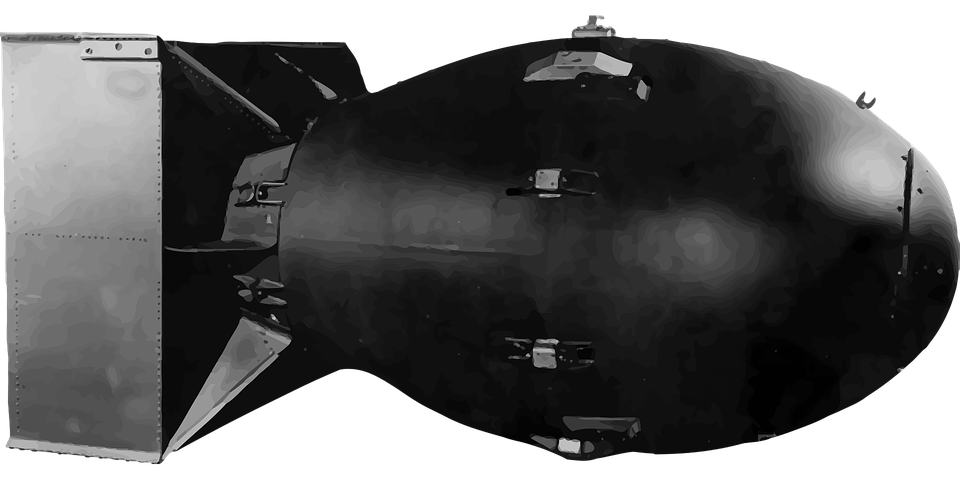
Case 3
This occurred on December 10, 1965 on the aircraft carrier USS Ticonderoga. The carrier was on its way to Yokosuka, Japan from Vietnam. An A-4E Skyhawk carrying a B-43 hydrogen bomb was coming up one of the carrier’s aircraft elevators to be prepped for takeoff. The plane simply rolled off the deck into the ocean, with its pilot and nuclear weapon. The plane would sink approximately 16,000 to the ocean bottom and has never been located. To make matters worse, experts were concerned that the extreme depth might actually detonate the bomb. The incident was kept under wraps by the government for a long time since acknowledging it admits that the U.S. had nuclear weapons in Vietnam, and that they defied a treaty with Japan not bring nuclear weapons into Japanese territory. To this day the location of the plane, its pilot, and its nuclear payload remains unknown.
